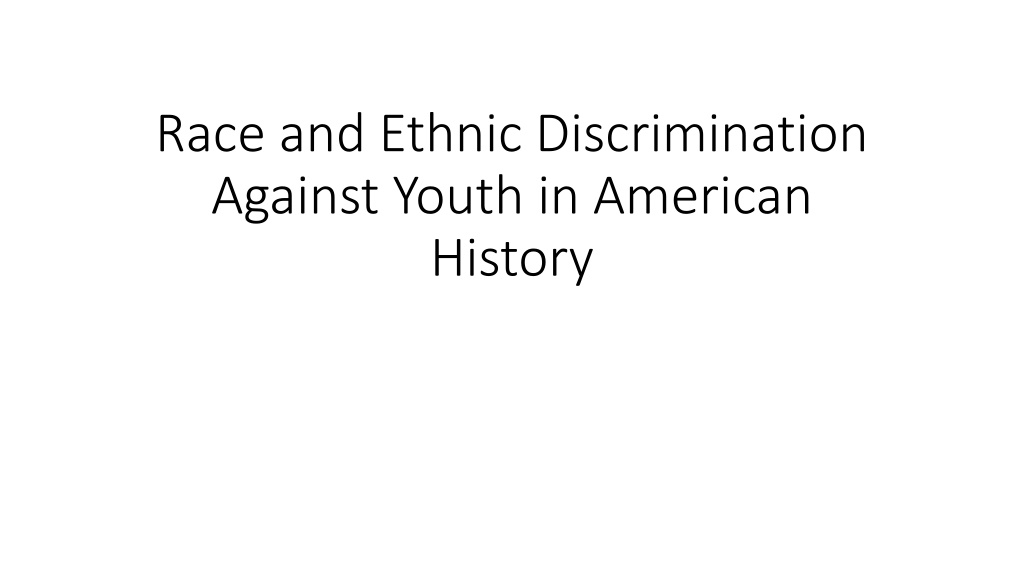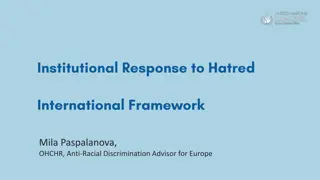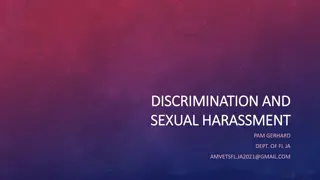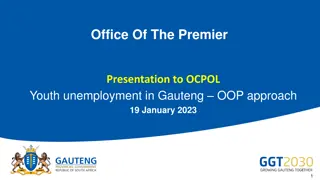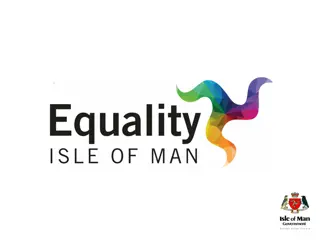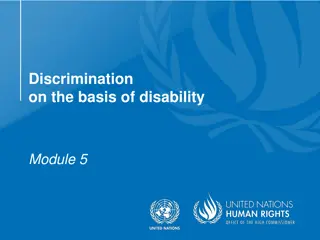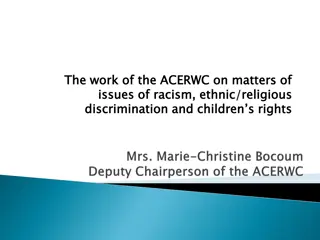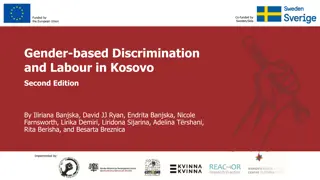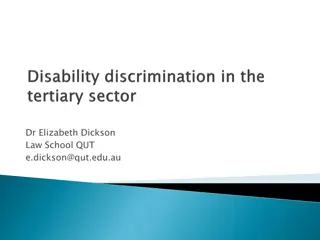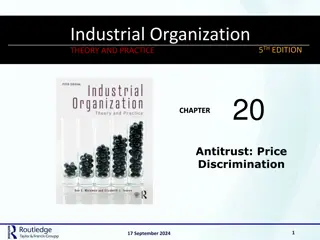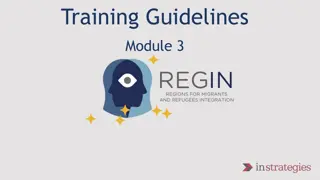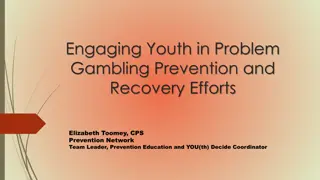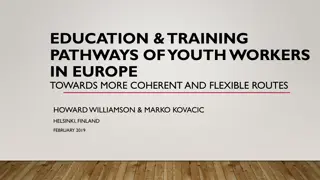Historical Perspectives on Discrimination and Treatment of Youth in America
Explore the discriminatory practices and attitudes towards youth in American history, including racial and ethnic discrimination, Puritan views on child rearing, European-American policies towards Native American children, and the treatment of immigrant youth in the 19th century. Witness the societal responses and initiatives taken to address the challenges faced by vulnerable youth populations.
Download Presentation

Please find below an Image/Link to download the presentation.
The content on the website is provided AS IS for your information and personal use only. It may not be sold, licensed, or shared on other websites without obtaining consent from the author. Download presentation by click this link. If you encounter any issues during the download, it is possible that the publisher has removed the file from their server.
E N D
Presentation Transcript
Race and Ethnic Discrimination Against Youth in American History
Puritan View of Childhood and child rearing practices Children born in sin Child rearing emphasized piousness to God and strict discipline Parental discipline key to avoiding Gods wrath and eternal damnation Stubborn Child Law of 1646 Parents discouraged from showing affection to impress adherence to Gods law Practice of sending out to other families Heavy emphasis on education and the ability to read
European-American policy towards Native American Children Saw native American children as godless and savage Viewed European settlement and expansion as the march of civilization Wars led to the binding out of Native American children to be properly raised by white Europeans Later led to special boarding schools being established to Christianize and enculturate Native American children into White society (Civilization Act Fund, 1819)
Attitudes towards native Americans 19the century A great general has said that the only good Indian is a dead one. In a sense, I agree with the sentiment, but only in this: that all the Indian there is in the race should be dead. Kill the Indian in him and save the man. Richard Henry Pratt (1879) founder of the Carlisle Indian Industrial School
Treatment of immigrant children in 19th Century America Immigration and industrialization resulted in greater urbanization Urban population surge led to increased poverty and desperate living conditions Hordes of poor children wandering urban streets Rise of urban street gangs Immigrant children viewed as dangerous class needing to be tamed
Response to surge of immigrant youth 1819 Society of the Prevention of Pauperism found Report on the Penitentiary System in America published (1922) Call for creation of youth penitentiaries 1825 New York House of Refuge established
Parens Patriae and the role of the state in the rearing of children Crouse case of 1838 Affirmed that the state is the supreme parent State or its designated agents determined best interest of child Led to child saving movement
Discrimination against Chinese youth (1860) Arrived in California with the gold rush Immigration fueled by political unrest collapse of the Qing Dynasty Later worked on the transcontinental railroad Considered reliable and hardworking Considered a threat by white working class Chinese exclusion act of 1882 -1943 Supreme Court Justice John Marshall Harlan: The Chinese "a race so different from our own that we do not permit those belonging to it to become citizens of the United States. Persons belonging to it are, with few exceptions, absolutely excluded from our country. I allude to the Chinese race."[
Chinese youth and the Industrial School As a result of anti-Chinese sentiment in the 1860s a growing number of Chinese youth in San Francisco were targeted by law enforcement and committed to the Industrial School.
Irish Immigration to America Expanded in early 19thcentury Increased with the great famine of 1846 Mostly impoverished escaping starvation Mostly Catholic Sought work as laborers, domestic service Depicted as drunkards and prostitutes Faced discrimination Settled in isolated ghettos Children primary target of 19thcentury child savers
Anti- Italian NY Times Editorial These sneaking and cowardly Sicilians, the descendants of bandits and assassins, who have transported to this country the lawless passions, the cut- throat practices, and the oath-bound societies of their native country, are to us a pest without mitigation. Our own rattlesnakes are as good citizens as they...Lynch law was the only course open to the people of New Orleans. (March 16, 1891)
Discrimination against Mexican Americans in California juvenile justice system Eugenics and hereditary science California sterilization law (1909) Development of the Stanford Binet IQ test California Bureau of Juvenile Research established at Whittier State School Negroes and Mexican-Indians show a greater tendency to delinquency than the whites This relationship is probably due to the higher intelligence of the whites (Williams, 1915, 9).
